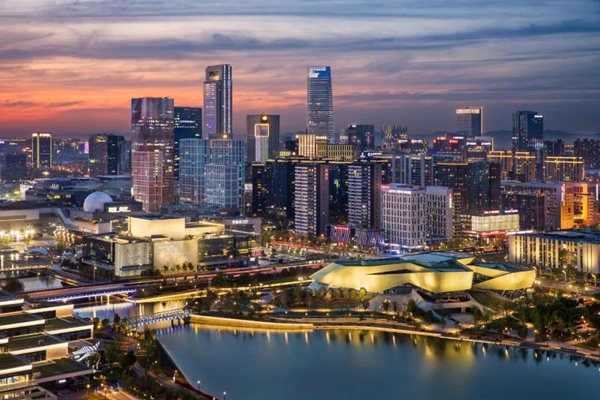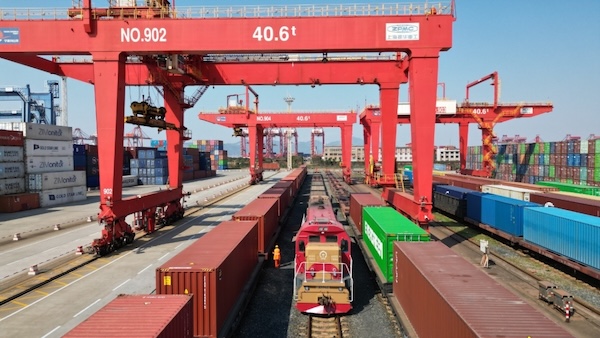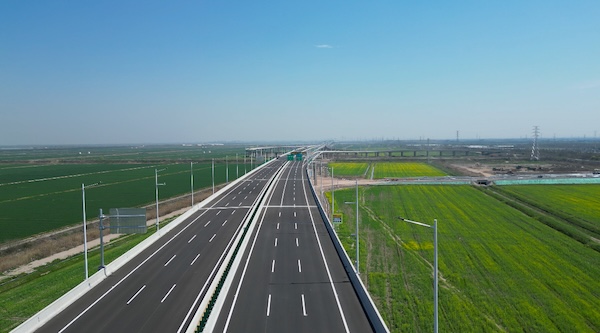Ningbo's population increases by nearly 1.8m in 10 yrs

A night view of Ningbo, East China's Zhejiang province. [Photo/WeChat account: nbfb0574]
Ningbo in East China's Zhejiang province has a permanent population of 9.4 million, an uptick of 23.65 percent from 2010, according to the seventh national census recently released by the National Bureau of Statistics.
According to the census, the population grew at an average annual growth rate of 2.15 percent over the past 10 years, 1.62 percentage points faster than the national average.
Each household from the city has an average 2.21 people, 0.26 less than in the previous census in 2010. The ratio of males to females stands at 109.05 percent, a rise of 4.71 percent over 2010.
Haishu, a central district in Ningbo, is the most populous area in the city with a permanent population of about 1.04 million. It was followed by Jiangbei district, Beilun district, Zhenhai district, Yinzhou district, Fenghua district, Xiangshan county, Ninghai county, Yuyao city and Cixi city.
In terms of demographic distribution, people aged 14 and younger make up 12.26 percent of the city's total population, up 0.57 percentage points from 2010.
The growth, which is mainly due to the easing of family-planning policies and the schooling of migrant workers, has reversed the continuous decline seen in previous censuses.
People between the ages of 15 to 59 account for 69.63 percent, down 5.43 percentage points over 2010, while the share of those aged 60 and above rose 4.84 percentage points from a decade ago to 18.1 percent.
The number of people with a college degree out of 100,000 has surged from 10,333 to 17,838. The city's illiteracy rate has also declined from 3.83 percent to 1.55 percent.
People living in the city's urban areas account for 78 percent of the total population, an uptick of 9.69 percentage points from 2010.

 Ningbo seabird project seeks international volunteers
Ningbo seabird project seeks international volunteers  Jakub's journey: From shipyard to sea
Jakub's journey: From shipyard to sea  Badminton Asia COO applauds Ningbo
Badminton Asia COO applauds Ningbo 


